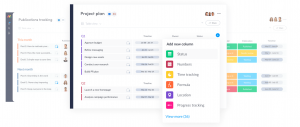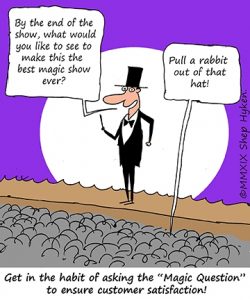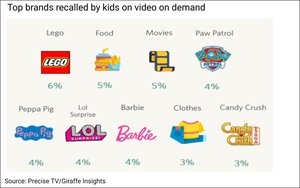Many businesses survived or adapted during lockdown by going online; some for the first time. And every day new businesses start up, eager to attract customers in the digital age. Even if your business operates entirely in the physical world – a café, a shop, a tradie – many potential customers might only find you because of your online presence.
So, what are the basics of an online presence for small business? Where should you set up shop online?
Website
It still pays to have your own website, even if you plan to market and engage with customers on social media or elsewhere. Many consumers view a website as a sign that a business is legit.
A small business website doesn’t have to be expensive or complicated, particularly if you don’t intend to sell products online (e-commerce). Depending on your business type, you might just need a few static pages to provide essential information, such as where to find you, how to get in touch, what services you provide, how to make a reservation, and so on. Thanks to platforms such as Squarespace and WordPress, almost anyone can set up a basic website. You can always expand and add pages or features later.
Importantly, a website gives you more control over your own piece of the internet, unaffected by the changing algorithms, policies, features and complexities of social media or other third-party tactics.
Google My Business
Search engines are the modern equivalent of paper directories and phone books. A few decades ago, every business understood the value of a listing in The Yellow Pages. Today, search engines are the updated version of those paper directories and phone books.
Ever searched for a local pet shop or café? Google returns a handy list of local businesses, along with contact details, images, website links and even map directions. If you have a physical business, a free Google My Business account allows you to create a business profile, provide information and showcase reviews.
Facebook Page
A Facebook Page allows your business to hang out where the biggest potential audience is: 2.7 billion monthly users according to Statista. However, if you don’t have the budget to pay for Facebook advertising, you’ll need to invest some time and effort to get your Page noticed by posting regular content or special offers others are likely to share with their networks.
One effective way to use a Facebook Page is as a forum for customers to ask questions or provide feedback, allowing you to resolve issues or supply helpful information. This is particularly useful if your website doesn’t support real-time discussion. And if your business sells products online too, you can also add a shopping cart and e-commerce features to your Page.
Instagram for Business
Instagram has over one billion active users every month, with more than 200 million users visiting at least one business profile each day. Plus, Instagram is the perfect way to present the story of your business as an ongoing series of photos and images. Show your business in action or highlight your latest products without needing to craft perfect copy. It’s also possible to turn your business Instagram account into an e-commerce shopfront.
Other Social Media
It’s better to be selective and focused than trying to keep up with too many social media accounts. If your business markets to other businesses and professionals, then a LinkedIn Company Page could be a good idea. If you share a lot of content, or your customers would benefit from regular, real-time updates, then perhaps Twitter is the place to be. Prioritise your social media according to where your ideal audience is and the sorts of content they’re most likely to value.
Social Media Perth has published a handy breakdown of the varying demographics and audience trends for each of the major social media platforms.
Of course, managing multiple social media accounts is easier with the right tools, such as Sked.
Email remains one of the most powerful online marketing tools for small business, with an exceptional return on investment (ROI). According to the Direct Marketing Association’s Marketer Email Tracker 2020 (PDF download), the average return on every dollar spent is more than $ 35.
While social media can build awareness of your business by reaching more people, email marketing can nurture that awareness into active consideration with valuable content, exclusive promotions and targeted messaging. The difference is that email marketing requires people to actively subscribe or give permission to receive your newsletter or promotional emails.
Facebook is currently testing new email marketing features allowing business users to create and send email campaigns directly from their Facebook Pages. In the meantime, existing email marketing platforms like Mailchimp and Campaign Monitor already make it easy for small businesses to manage subscribers and create compelling campaigns.
All Together Now …
No single one of these online spaces is enough by itself. Instead, they all work best when connected and supporting each other as part of a single, unified online presence. Your social media channels can drive traffic to the website or encourage people to subscribe to your email list. Your website can promote your social media activities, giving interested visitors an easy way to get in touch. Your Google Business listing can make you easy to find in the search results.
From awareness to sale, each digital channel, listing or online space serves a different purpose. Together, they can help your business to find, acquire and retain customers 24 x 7 x 365.
Business & Finance Articles on Business 2 Community
(18)
Report Post








